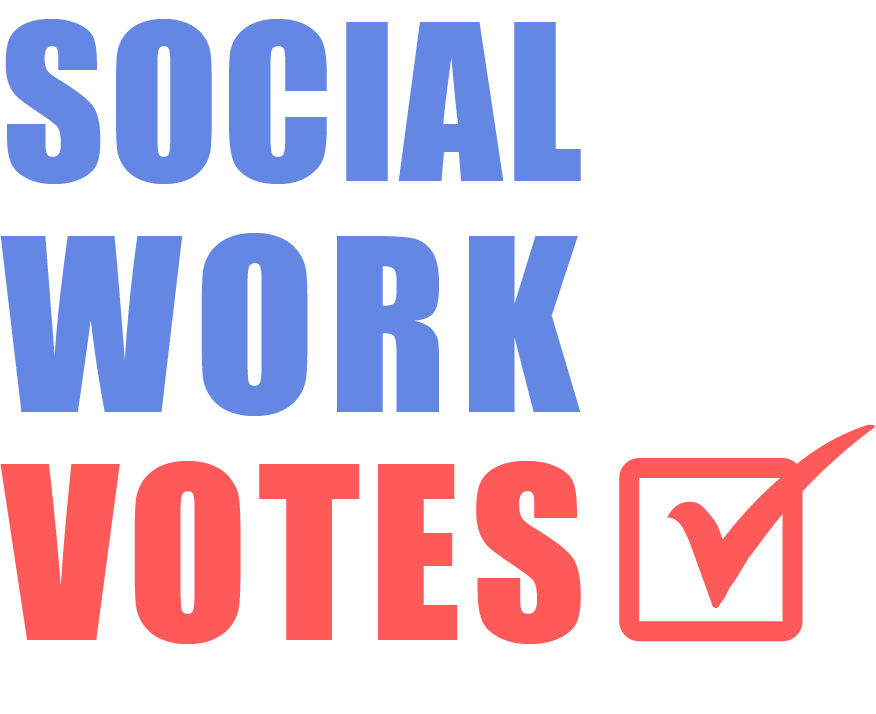Specific Circumstances
+Disabilities
Voting + disabilities
Despite the federal laws that have been enacted in the past five decades to ensure voting rights for people with disabilities, many are still not able to vote. The obstacles that have historically prevented higher turnout among citizens with disabilities include: lack of outreach or interest during candidate campaigns, feelings of marginalization, and inaccessibility of polling places. Citizens with disabilities have the potential to greatly impact elections and the policies that are addressed with their votes. A study by Rutgers University notes that “if people with disabilities were to vote at a similar rate to people without disabilities, there would be 2.35 million more voters.”
Tips for getting your vote counted
Register to vote
Consider early voting, voting from home, or applying for an absentee ballot
Know your rights at the polls (see below)
Consider contacting your local elections office about voting options for voters with disabilities. The election office can also provide information about accessible machines and other voting methods.
If you choose to vote in-person, alert poll workers about your accommodation needs in advance
Scroll Down For More…
+Know Your Rights
+Advocacy Resources
+Vote for Access With Imani Barbarin
know your rights at the polls
Under The Help America Vote Act, a federal law, people with disabilities have the right to vote privately and independently.
Voters with disabilities are entitled to the following rights:
The right to a fully accessible polling place in federal elections. This includes….
Entrances and doorways that are at least 32 inches wide
Handrails on all stairs
Wheelchair-accessible voting booths
Voting equipment that is accessible. E.g. machines that can read the ballot (for people who are blind, have low vision, or dyslexia) and allows for voting through buttons (for people with mobility disabilities).
The right to seek assistance from poll workers who have been trained to use voting machines
The right to receive help at the the polls, from the person of their choice, with reading or writing English
This helper cannot be the voter’s employer, an agent of the voter’s employer, or an agent or officer of the voter’s union. The helper must respect the voter’s privacy, not looking at the voter’s ballot unless the voter asks them to do so
The right to receive any accommodation from election officials (including poll workers) if possible
The right to bring someone to help you vote
This includes a friend, family member, caregiver, assisted living provider, or almost anyone else, but not your employer or union representative
The right to bring your service animal with you into your polling place
The right to vote with a mental disability. No one can be turned away from the polls because a poll worker thinks they are not ‘qualified’ to vote
If voting is not accessible at your poll, call the non-partisan Election Protection Hotline:
1-866-OUR-VOTE
(1-866-687-8683)
This list and was compiled from the American Civil Liberties Union (ACLU) and the American Association of People with Disabilities (AAPD)
advocacy Resources
Resources in ASL
Deaf voices matter. SignVote is a movement formed in 2016 by Communication Service for the Deaf that aims to inform and engage deaf communities throughout the 2020 election by developing and sharing resources in ASL. Visit SignVote for educational toolkits , videos in ASL, and more.
voter education toolkit
SABE (Self Advocates Becoming Empowered) seeks to ensure that people with disabilities are treated as equals and given the same decisions, choices, rights, and chances to speak up . Use SABE’s toolkit to learn how to effectively educate people with disabilities on the voting process and prepare them to vote.
10 voting Tips from the EAC
Download this PDF from the U.S. Election Assistance Commission for 10 tips that voters with disabilities can use to examine the options available to them for voting privately and independently.
report rights violations
If any of your voting rights as a person with disabilities gets violated, contact the Department of Justice to report a civil rights violation using their online form.
Resources from AAPD
AAPD’s (American Association of People with Disabilities) list provides resources to help voters with disabilities register to vote, learn about important issues, and community organize.
state-Level legal advocacy
Visit NDRN’s (National Disability Rights Network) site to find the contact information of your state’s Protection and Advocacy (P&A)/ Systems and Client Assistance Programs (CAP). P&A/CAP agencies provide legal advocacy services to people with disabilities.
vote for access with Imani Barbarin
In the “Vote for Access” video series, Imani Barbarin speaks with people with disabilities about the challenges of voting with a disability and the solutions that are possible. Visit the Vote for Access website for more information.







